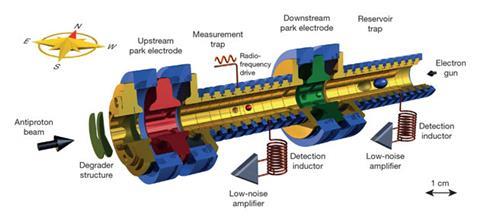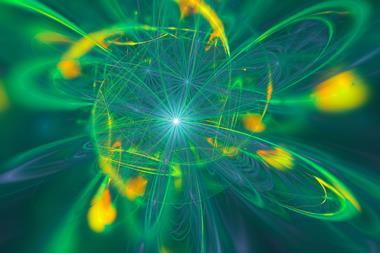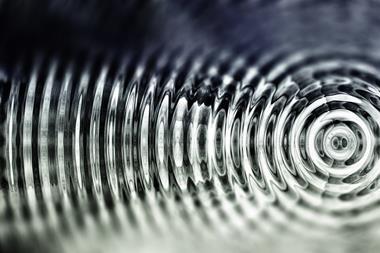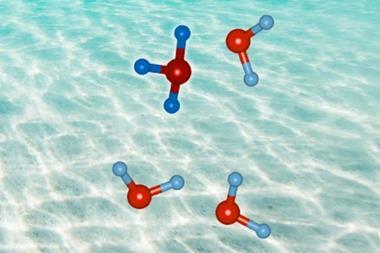Measurement of charge-to-mass ratio may inspire theories beyond standard model

Although the large hadron collider at CERN is grabbing the world’s attention with the quest to break the standard model, other experiments at the research centre are looking beyond the theory to help bring about a complete picture of how particles interact. One such research campaign is taking place at CERN’s antiproton decelerator – a production line for antimatter – to determine why properties of certain particles do not change if the particles’ charge is reversed.
Using the decelerator, the researchers from Japan and Germany fired antiprotons into both a magnetic and electric field, known as a Penning trap, along with hydrogen anions, which act as a proxy for the proton in the trap. By analysing the frequency of the two particles, the team obtained a value of 1(69) x10-12 for the charge-to-mass ratio difference. They only calculated the result after 13,000 frequency measurements to an accuracy of 69 parts per trillion.












No comments yet